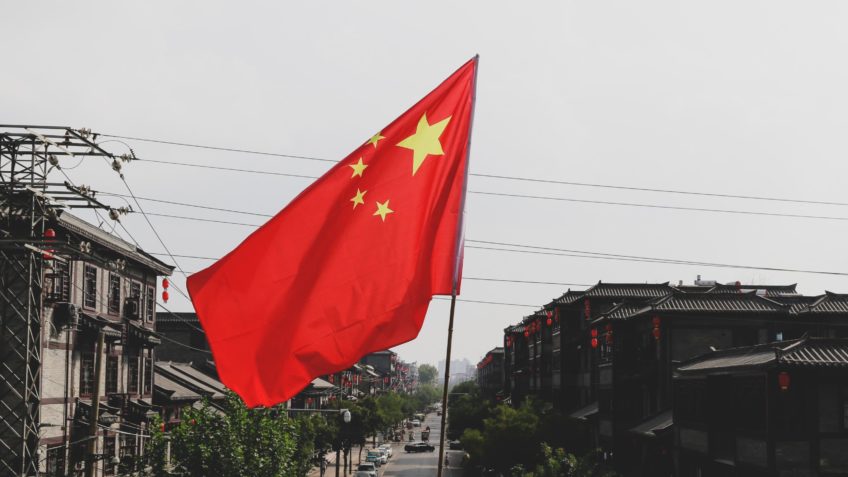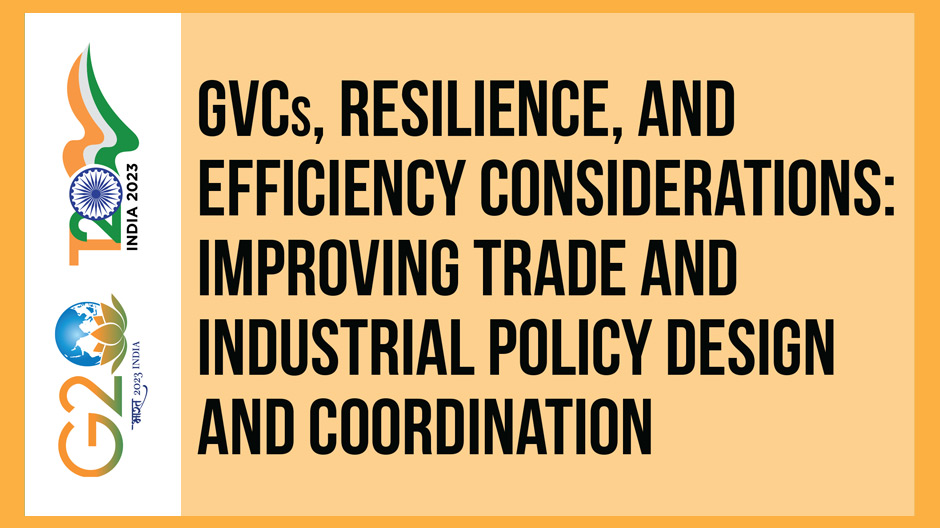China’s Economic Growth on Target Despite Challenges
IMF projects China's economic growth at 4.6% and 4.1% for this year and next. China's official target is 5%. Six challenges to China's economic growth include the real estate sector, local government debt, domestic demand, external resistance to China's exports, change in foreign investor sentiment, and demographic decline. Despite challenges, China's economic growth remained steady in Q1 2024, with exports and manufacturing investment compensating for the drag from the property sector.















